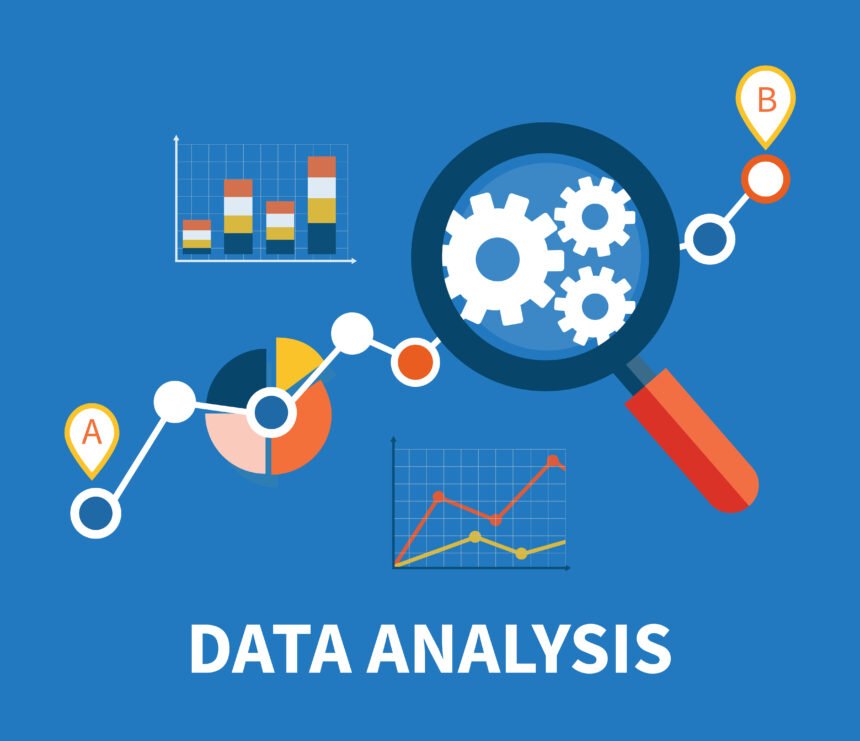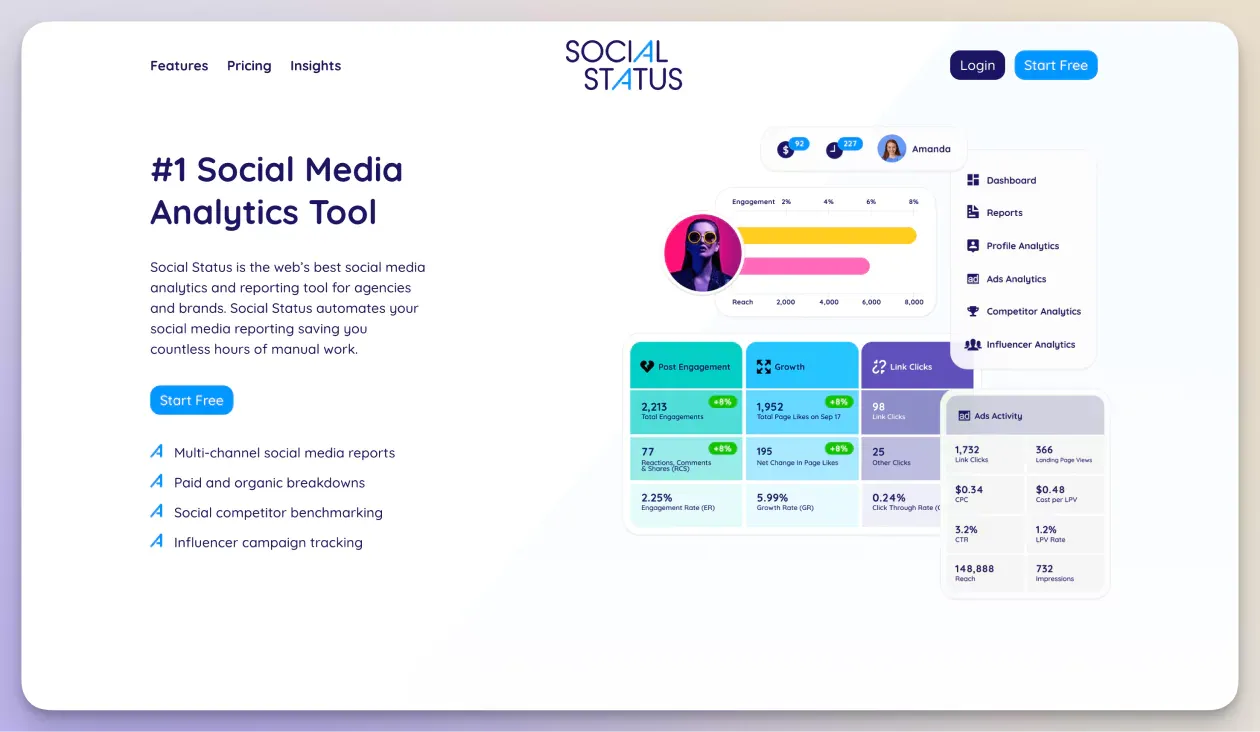Leverage Predictive Analytics for Future-Ready Decisions
Leverage Predictive Analytics for Future-Ready Decisions
Blog Article
Increase Performance and Profitability Via Information Analytics
In today's data-driven landscape, businesses are increasingly identifying the critical duty of data analytics in improving functional efficiency and earnings. By methodically evaluating information, companies can uncover important insights that notify calculated decisions, simplify processes, and tailor client experiences.
Recognizing Information Analytics
In today's data-driven landscape, understanding data analytics is crucial for organizations aiming to improve functional performance and drive productivity. Data analytics involves the methodical computational evaluation of information collections to reveal patterns, correlations, and insights that inform decision-making. By utilizing different strategies, such as analytical evaluation, machine learning, and predictive modeling, organizations can transform raw information into workable knowledge.
The process usually begins with information collection, where appropriate info is collected from numerous resources, consisting of transactional data sources, client communications, and market patterns. This data is then cleaned and organized to guarantee accuracy and consistency. As soon as the information is prepared, logical devices and software application are used to imagine the information and explore, enabling stakeholders to identify anomalies and trends.
Ultimately, understanding information analytics encourages companies to make educated decisions based upon empirical proof instead of intuition. It promotes targeted approaches that can maximize resource allocation, improve consumer contentment, and boost general performance. As services progressively acknowledge the value of data-driven insights, a strong understanding of data analytics comes to be a critical expertise for leaders and groups alike, placing them for sustained success in an affordable setting.

Key Advantages for Companies
Organizations that take advantage of information analytics can unlock a wide variety of advantages that substantially enhance their procedures and profitability. One of the key benefits is enhanced decision-making. Information analytics gives actionable insights stemmed from real-time data, enabling organizations to make informed options that straighten with market demands and consumer preferences.

Additionally, data analytics fosters enhanced customer experiences. By understanding customer behaviors and choices, organizations can customize their offerings, leading to increased complete satisfaction and loyalty. This customized method typically leads to higher conversion rates and repeat organization.
In addition, information analytics allows services to determine emerging trends and opportunities. By staying ahead of the contour, companies can maximize new markets and innovations prior to their rivals.
Executing Data-Driven Strategies
Effective application of data-driven techniques requires a detailed understanding of both organizational objectives and offered data sources. Organizations needs to first specify their goals clearly, making certain alignment in between data campaigns and calculated objectives. This quality makes it possible for teams to concentrate on relevant metrics and understandings that drive decision-making.
Top notch data is necessary for precise evaluation, as inadequate information can lead to misguided methods and wasted sources - Analytics. Organizations has to establish processes for data collection, cleaning, and management to keep information integrity.
Additionally, cultivating a data-driven society is critical. Staff her response members in all levels ought to be motivated to take advantage of information in their day-to-day procedures. Educating programs and workshops can enhance data literacy, equipping personnel to make educated decisions based on analytical insights.
Tools and Technologies Summary
A robust suite of tools and innovations is necessary for companies intending to harness the full capacity of data analytics. These tools facilitate the collection, processing, and visualization of information, making it possible for organizations to acquire workable understandings.
At the foundational level, data management systems such as SQL data sources and NoSQL systems supply effective information storage and access capabilities. For data handling and evaluation, programming languages like Python and R, along with structures such as Apache Spark, enable complex estimations and equipment discovering applications.
Visualization tools, including Tableau and Power BI, change raw data right into user-friendly graphical layouts, making understandings easily accessible to stakeholders in any way levels. In addition, cloud-based systems like Google Cloud and AWS provide scalable storage space and handling solutions, suiting the growing quantities of information organizations run into.
For sophisticated analytics, predictive modeling and AI-driven services are increasingly taken on, enabling companies to anticipate trends and improve decision-making processes. Incorporating these devices into existing operations is vital; organizations you could look here that efficiently leverage this modern technology can substantially boost operational efficiency and drive earnings. Hence, investing in the right devices and modern technologies is a calculated imperative for any type of data-driven company.
Instance Studies of Success
Leveraging data analytics has actually led countless companies to achieve amazing renovations in performance and success. One noteworthy situation is a big retail chain that applied anticipating analytics to optimize stock administration. By examining historic sales information and consumer fads, the firm reduced excess inventory by 30%, resulting in considerable expense financial savings and boosted cash money circulation.
An additional instance can be discovered in the production market, where a leading vehicle supplier made use of information analytics to improve its manufacturing processes. By checking maker efficiency in real-time, the organization determined bottlenecks and inefficiencies, causing a 20% rise in total devices efficiency (OEE) This not only increased production prices however also minimized downtime and maintenance expenses.

These instance studies highlight how information analytics can drive strategic decision-making, maximize procedures, and eventually boost both efficiency and productivity across numerous sectors.
Final Thought
In conclusion, the combination of data analytics into service operations provides significant opportunities for improving efficiency and earnings. By methodically analyzing data, companies can identify ineffectiveness, enhance client experiences, and make notified decisions. The adoption of anticipating modeling and real-time monitoring better enables companies to stay in advance of arising trends and assign sources properly. Ultimately, the tactical application of data-driven techniques fosters sustained competitive benefits and drives substantial improvements in operational performance and financial results.
In today's data-driven landscape, recognizing information analytics is essential for companies intending to boost functional effectiveness and drive success. Data analytics involves the organized computational evaluation of data sets to uncover patterns, relationships, and understandings that educate decision-making. Data analytics supplies actionable insights acquired from real-time information, permitting services to make educated choices that straighten with market needs and consumer preferences.
High-quality information is important for exact analysis, as inadequate information can lead to misdirected strategies and thrown away resources. Organizations must develop processes for information collection, cleaning, and monitoring to preserve information stability.
Report this page